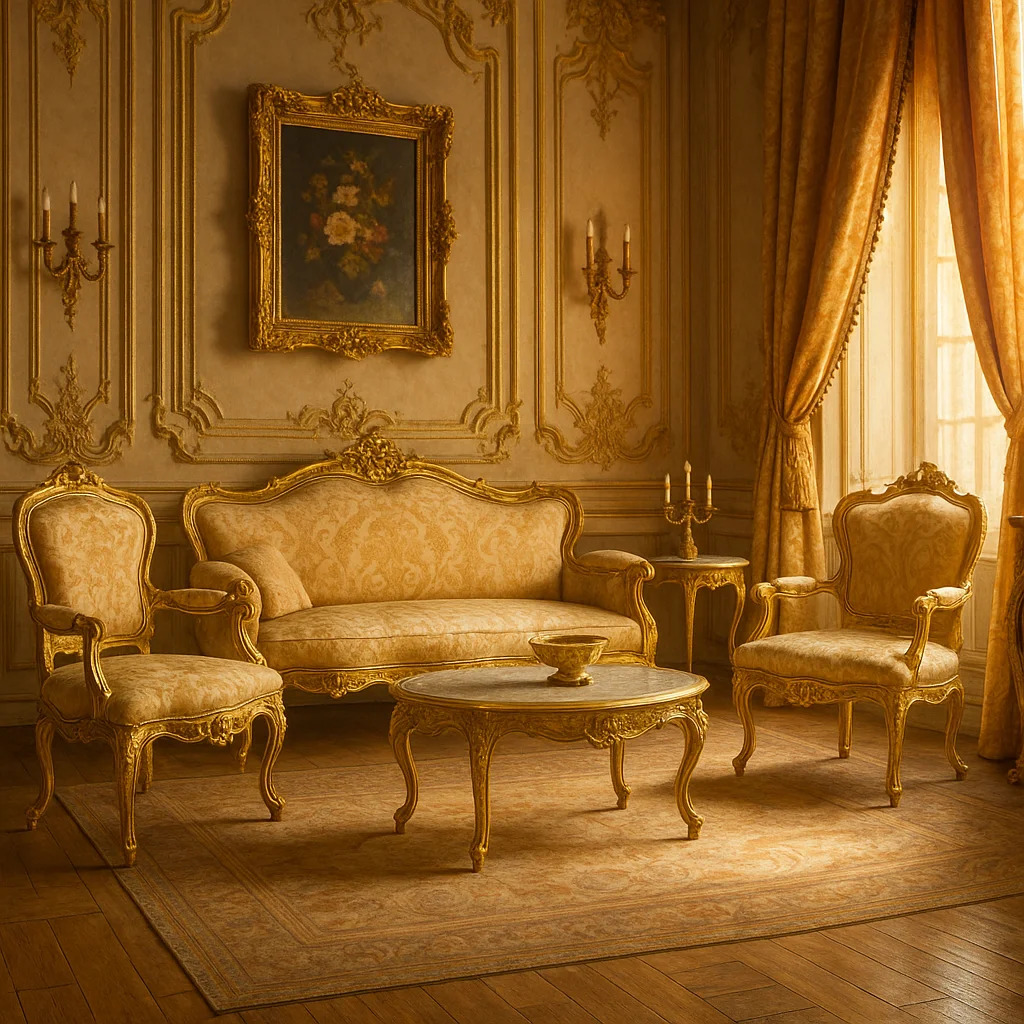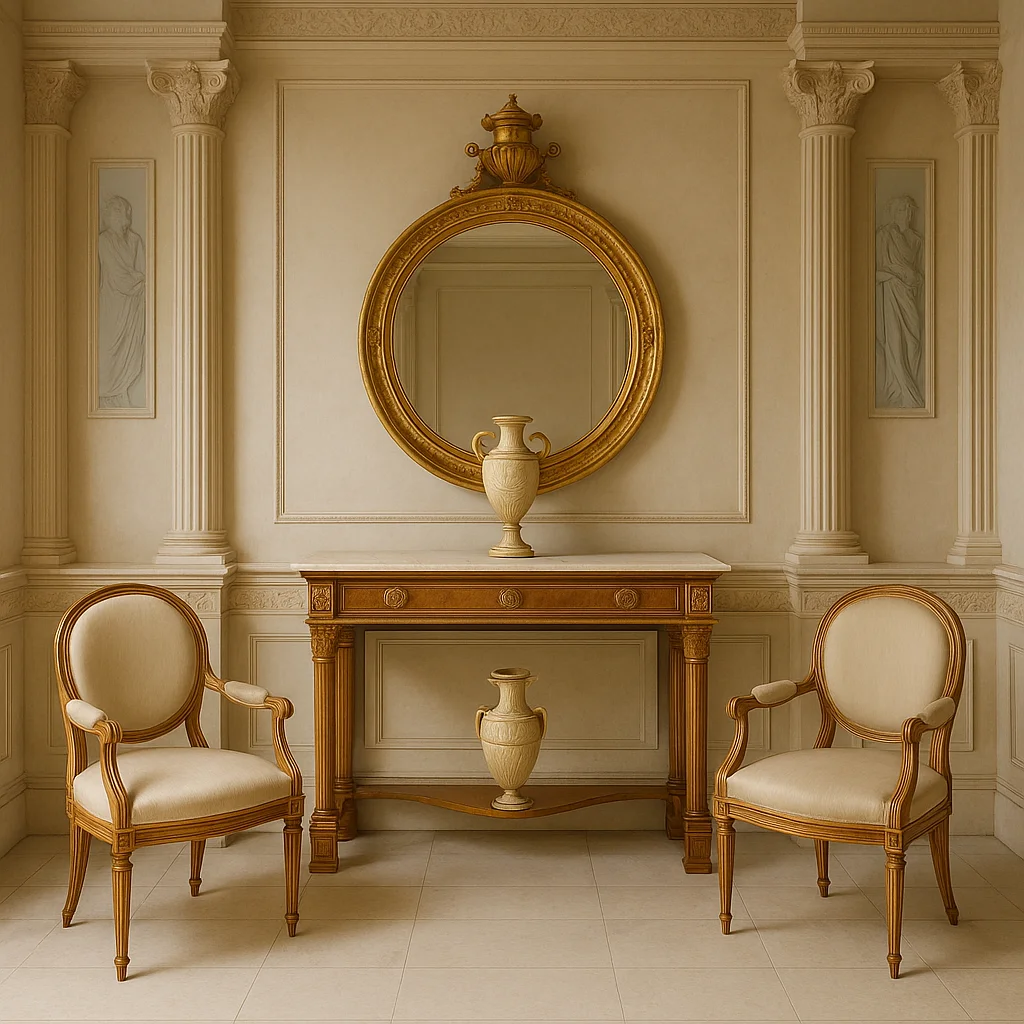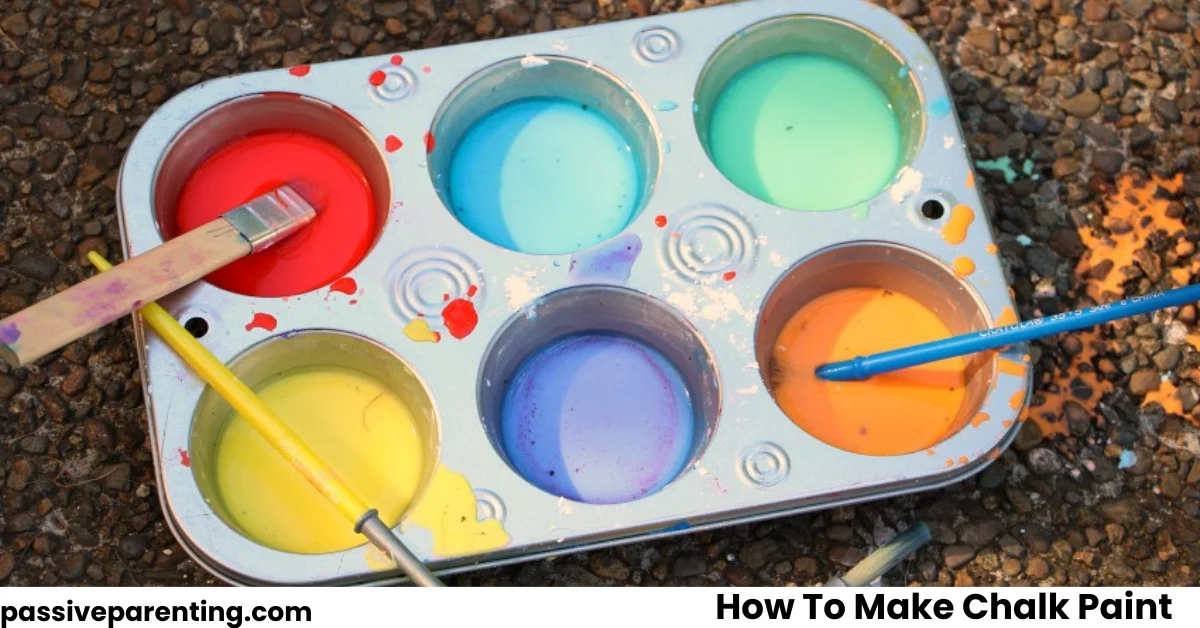Catherine the Great furniture represents one of the most remarkable chapters in art and design history. During her reign in Russia, Catherine II transformed royal interiors into breathtaking spaces filled with elegance, power, and artistic mastery. The furniture pieces from her era reflect refined taste, European influence, and deep appreciation for luxurious craftsmanship.
In this article, we explore the background, style, materials, unique features, cultural significance, and lasting impact of Catherine the Great furniture, providing a complete understanding of why this historic design still inspires admiration today.
The Empress Who Shaped Royal Art
Catherine the Great ruled Russia from 1762 to 1796, a time often described as the Golden Age of Russian culture. She was not only a powerful leader but also a passionate patron of the arts. Her love for beauty and creativity led to extraordinary advancements in architecture, interior decoration, and furniture design.
While many rulers collected art, Catherine commissioned artists, architects, and furniture makers to build a grand cultural identity. Her palaces were living museums filled with art, rare objects, and elegant furnishings that showed her vision and authority.
She admired European styles, especially French and Italian design, and invited talented artisans to Russia. As a result, Catherine the Great furniture blended European sophistication with Russian wealth and grandeur.
Key Styles in Catherine the Great Furniture
Catherine the Great favored designs that reflected both refinement and power, blending international influences with imperial taste. The details below explore the main style movements that shaped her era, from graceful romance to structured grandeur.
French Rococo Influence

Early in her reign, Catherine admired the playful, graceful features of Rococo design. Furniture from this style includes curved lines, floral carvings, delicate gold work, and light pastel tones. Rococo elements added softness and romance to royal rooms.
Rise of Neoclassical Elegance

Later, Catherine favored the Neoclassical style. Inspired by ancient Greek and Roman culture, this style brought symmetry, straight lines, and grandeur. Rich fabrics, carved wood, and polished stone reflected strength, order, and refinement.
Blend of Russian Identity

Although the designs drew heavily from Europe, the finishing touches celebrated Russian identity. Local craftsmen used native woods, precious stones, and fine metals to create unique palace furniture.
Materials Used in Catherine the Great Furniture
High quality materials were essential in creating luxury furniture. Common elements included:
- Fine hardwood such as walnut, mahogany, and birch
- Gold leaf on carvings and borders
- Marble tabletops and decorative stone panels
- Ivory, mother of pearl, and gemstone inlays
- Velvet, silk, and brocade fabric for upholstery
- Hand painted detailing and gilded ornaments
These materials combined to create furniture that was strong, elegant, and visually striking.
Defining Features of Catherine the Great Furniture
Catherine’s furniture has specific characteristics that set it apart:
Ornate Carving and Details
Furniture pieces often featured detailed carvings such as flowers, leaves, angels, mythological figures, and royal symbols.
Gilded Accents
Gold leaf was applied to decorative elements, adding shimmer and regal charm. Chairs, tables, and mirrors often sparkled under palace light.
Luxurious Fabrics
Chairs and sofas were covered with plush fabric, offering comfort and creating a royal atmosphere.
Symmetry and Balance
Neoclassical influence brought harmony to furniture shapes. Designs were structured, balanced, and elegant.
Prestige and Grandeur
Each piece held meaning. Furniture was not only functional but also a symbol of status, authority, and culture.
Iconic Furniture Pieces from Catherine’s Palaces
Catherine the Great furniture included many unique categories:
Throne Chairs
Her thrones showcased power, covered in gold detail and royal symbols.
Lavish Sofas and Chaise Lounges
Soft curves, rich fabrics, and ornate legs made seating luxurious.
Intricate Writing Desks
As a ruler and intellectual, Catherine loved writing and reading. She commissioned desks with hidden compartments, intricate veneer work, and elegant lines.
Decorative Tables
Small tables adorned palace rooms, often topped with marble and gold accents.
Massive Wardrobes and Cabinets
Carved wood doors, mirrors, and gold details turned storage furniture into art pieces.
Her Majesty’s Palaces and Interiors
Winter Palace
The Winter Palace in Saint Petersburg served as Catherine’s main residence. Every hall and room featured elaborate furnishings, massive chandeliers, and gold ornamentation.
Hermitage Palace
She founded the Hermitage, where magnificent furniture pieces still reside today. Many rooms remain decorated in her preferred styles.
Tsarskoye Selo
Known as the Catherine Palace, this residence contains iconic blue and gold chambers, jewel toned furniture, and elegant salons.
Artisans and Craftsmanship
Catherine worked with skilled artists from France, Italy, and Russia. She created imperial workshops to maintain high standards. Craftsmanship was essential, and every piece was made with precision and pride.
European techniques merged with Russian creativity. Luxury and durability were equally valued.
Lasting Influence on Interior Design
Catherine the Great furniture continues to inspire modern luxury interiors. Many designers draw from her style by using:
- Gold accents
- Classic patterns
- Rich fabrics
- Carved detailing
- Symmetrical layouts
- Elegant pastel or deep jewel tones
High end furniture brands also produce replicas and Catherine era inspired collections.
Buying Reproductions and Collectible Pieces
Many modern reproduction pieces allow people to bring Catherine’s style home. Look for:
- Quality solid wood
- Hand carved designs
- Gold leaf finishes
- Traditional fabrics like velvet and silk
- Classic European shapes
Authentic antique pieces exist mainly in museums and private collections. Reproductions provide the closest experience to owning Catherine era decor.
Preserving Royal Heritage
Preservation experts work continuously to maintain Catherine the Great furniture in palaces and museums. Restoration includes cleaning gold leaf, repairing wood, and preserving fabrics.
These efforts help future generations admire the craftsmanship and cultural value of her furniture.
Conclusion: A Legacy of Excellence
Catherine the Great furniture remains a symbol of power, elegance, and refined taste. Her dedication to art and craftsmanship transformed Russian interiors, leaving a legacy of extraordinary beauty.
Whether admired in museums or recreated in homes, this furniture style represents history, creativity, and royal sophistication. Catherine’s vision lives on through every carved detail, luxurious fabric, and radiant touch of gold.
Her reign not only shaped a nation but set a timeless standard for regal interior design that continues to inspire the world today.



